
1. Weather in Our Lives
In this lesson, we investigate what weather is and how it has an impact on our daily lives – our clothes, food, travel, work and leisure activities.
Online Resources
A weather and climate scheme of work for 11-14 geography.
Start Here: Scheme of Work
Overview: Teachers’ Guide (also available in Welsh Tywydd a Hinsawdd: Canllaw i Athrawon )

In this lesson, we investigate what weather is and how it has an impact on our daily lives – our clothes, food, travel, work and leisure activities.
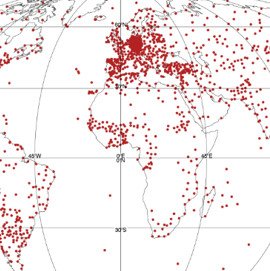
In this lesson we look at the specialist instruments used to measure the weather and how data collected at different locations can be used to create weather maps.

In this lesson we look at the difference between weather and climate and introduce climate graphs.
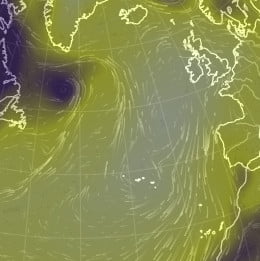
In this lesson we look at the pattern of circulation of the atmosphere and oceans, driven by the Sun.

In this lesson we explore the main climate zones, their link to the global atmospheric circulation and the influence of the oceans.
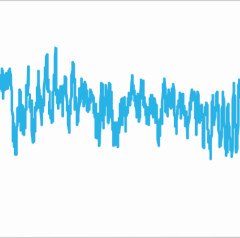
In this lesson we look at how global temperatures have changed over the last 400,000 years and investigate volcanoes and the Milankovitch cycles as the drivers of change
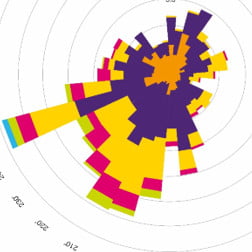
In this lesson we investigate
the characteristics of the major air masses which can affect the British Isles
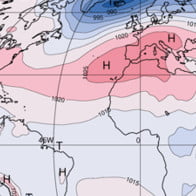
In this lesson we introduce air pressure, how differences in pressure can lead to air motion (wind) and how rising and sinking air can lead to low and high pressure respectively.
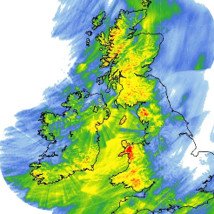
In this lesson, we focus on cloud formation due to convection, orography (relief) and frontal uplift.
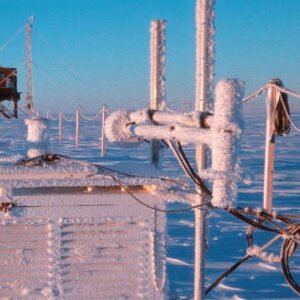
In this lesson we investigate why polar climates are so extreme and how it can be too cold to snow in Antarctica.
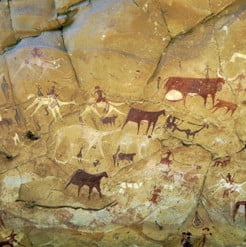
In this lesson we look at the characteristics and locations of hot deserts and the adaptations of animals and vegetation found there.
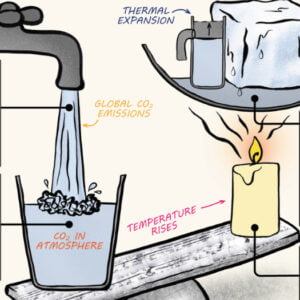
In this lesson we look at this historical relationship between carbon dioxide and global temperature and the Greenhouse Effect
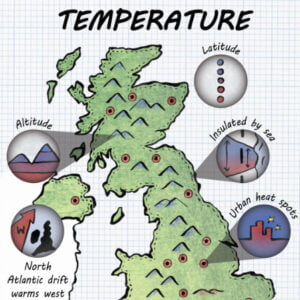
In this lesson we revisit climate zones before exploring regional climate differences across the UK and the reasons for them.
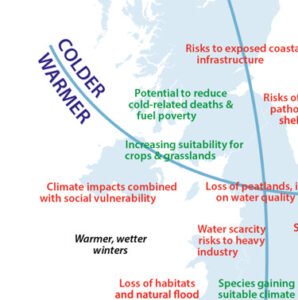
In this lesson we use the Central England Temperature record to explore changing UK weather and look at the projected impacts of climate change on the UK.
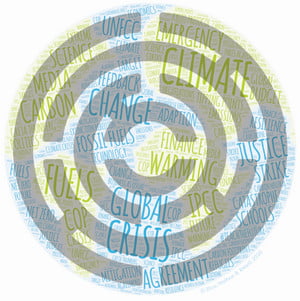
In this lesson we explore the language used to talk about climate change and look in detail at sea level rise, tipping points and UN climate negotiations.

In this lesson we look at the weather associated with anticyclones in summer and winter and its potential impacts.

In this lesson we look at the causes of Low pressure systems and the weather they bring to the UK.

In this lesson we investigate the factors which can help create a microclimate and introduce fieldwork opportunities within the school grounds.

In this lesson we look at how urban areas have an impact on temperature, wind, air quality and precipitation.

In this lesson we explore the structure, location and names for Tropical Cyclones as well as some of their potential impacts.

We are thrilled to reveal that our Weather and Climate: A Teachers’ Guide has been shortlisted for the Teach Secondary Awards 2022!

We are delighted to have been awarded Silver in the 2022 Geographical Association Publishers’ Award for our ‘Weather and Climate: A Teachers’ Guide’.



© 2024 Royal Meteorological Society
RMetS is a registered charity No. 208222
By clicking any link on this page you are giving your consent for us to set cookies. More info
Strictly Necessary Cookie should be enabled at all times so that we can save your preferences for cookie settings.
If you disable this cookie, we will not be able to save your preferences. This means that every time you visit this website you will need to enable or disable cookies again.